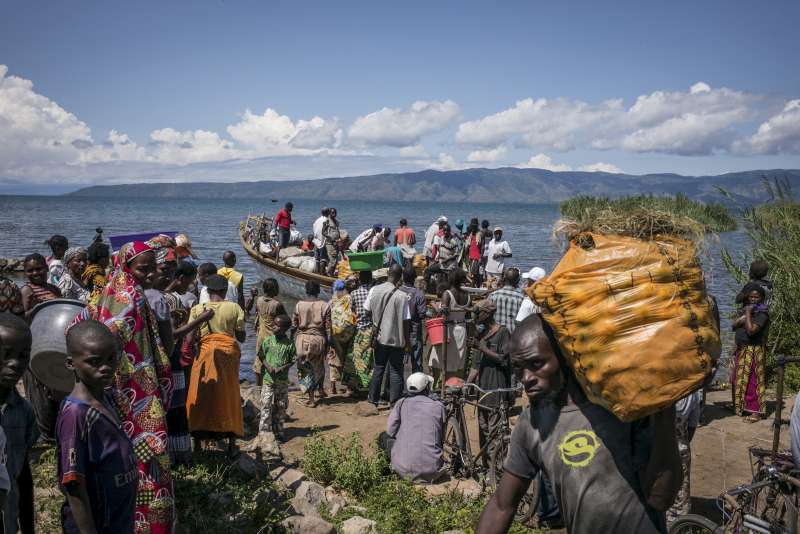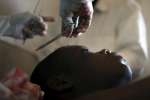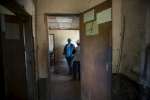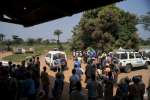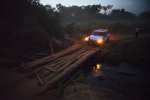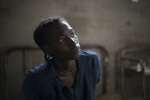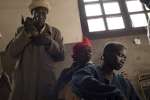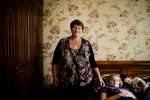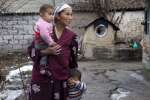More people flee Burundi ahead of elections - UNHCR
News Stories, 26 June 2015
GENEVA, June 26 (UNHCR) – Increasing numbers of people are fleeing Burundi ahead of parliamentary elections on Monday which have already triggered weeks of violence and seen thousands seeking refuge across the central African state's borders, the UN refugee agency said on Friday.
UNHCR said its offices in neighbouring countries had noted a steady increase in arrivals of Burundian refugees in recent days with indications the exodus was likely to climb still higher. More than 600 people are now crossing each day into Rwanda, between 200 and 300 into Tanzania, and a further 150 to 200 into Uganda.
"People tell us they are fleeing general political instability and election-related violence including small arms and grenade attacks, and arbitrary arrests," UNHCR spokesperson Adrian Edwards told a press briefing in Geneva.
Burundi's political turmoil started in early April when President Pierre Nkurunziza said he would stand for a third term, a decision denounced as unconstitutional by the opposition.
So far, nearly 127,000 Burundians have registered as refugees. However, many more are believed to have fled the country, but not registered. Latest official figures show 62,000 in neighbouring Tanzania, 45,000 in Rwanda, 8,855 in Uganda, 10,590 in Democratic Republic of the Congo, and even 400 in faraway Zambia.
In Rwanda, the number of arrivals has increased sharply over the last few days, with more than 600 refugees crossing the border each day. The registration of refugees in the capital Kigali is also continuing, with some 10,000 Burundians registered thus far.
"We expect this number to grow as registration expands to Rwanda's second biggest city, Butare. More than 30,000 refugees have now been moved to the Mahama refugee camp, which can accommodate a maximum of 50,000 refugees," Edwards noted, adding: "In Tanzania, refugees continue to arrive at a rate of nearly 200 to 300 people per day."
In Tanzania, the new arrivals are being transferred to Nyarugusu refugee camp. Before the recent arrival of thousands of Burundian refugees, the camp was already home to more than 60,000 Congolese refugees.
"It is now hosting a total of nearly 120,000 refugees, making for congested living conditions and stretching services and facilities," Edwards said.
UNHCR said it was working with its partners and the Government of Tanzania to identify an alternative site to establish a new camp.
In DRC's South Kivu province, refugees were initially staying with Burundian refugees who left the country years ago. Many of the hosts are themselves living in harsh conditions. In order to be able to offer better protection and assistance, the arriving refugees are now being relocated to Lusenda refugee site.
In anticipation of more arrivals, relocation efforts have been sped up over the last days. Two transit centres at the border area are now empty and ready for use if more people arrive before the polls open on Monday.
In May, UNHCR and 17 partners launched the Regional Refugee Response Plan for US $207 million to protect and assist up to 200,000 Burundian refugees. Despite the deteriorating situation in Burundi, the plan has realised only 13 per cent of its target, leaving crucial services, such as water, health and sanitation, seriously underfunded.




